



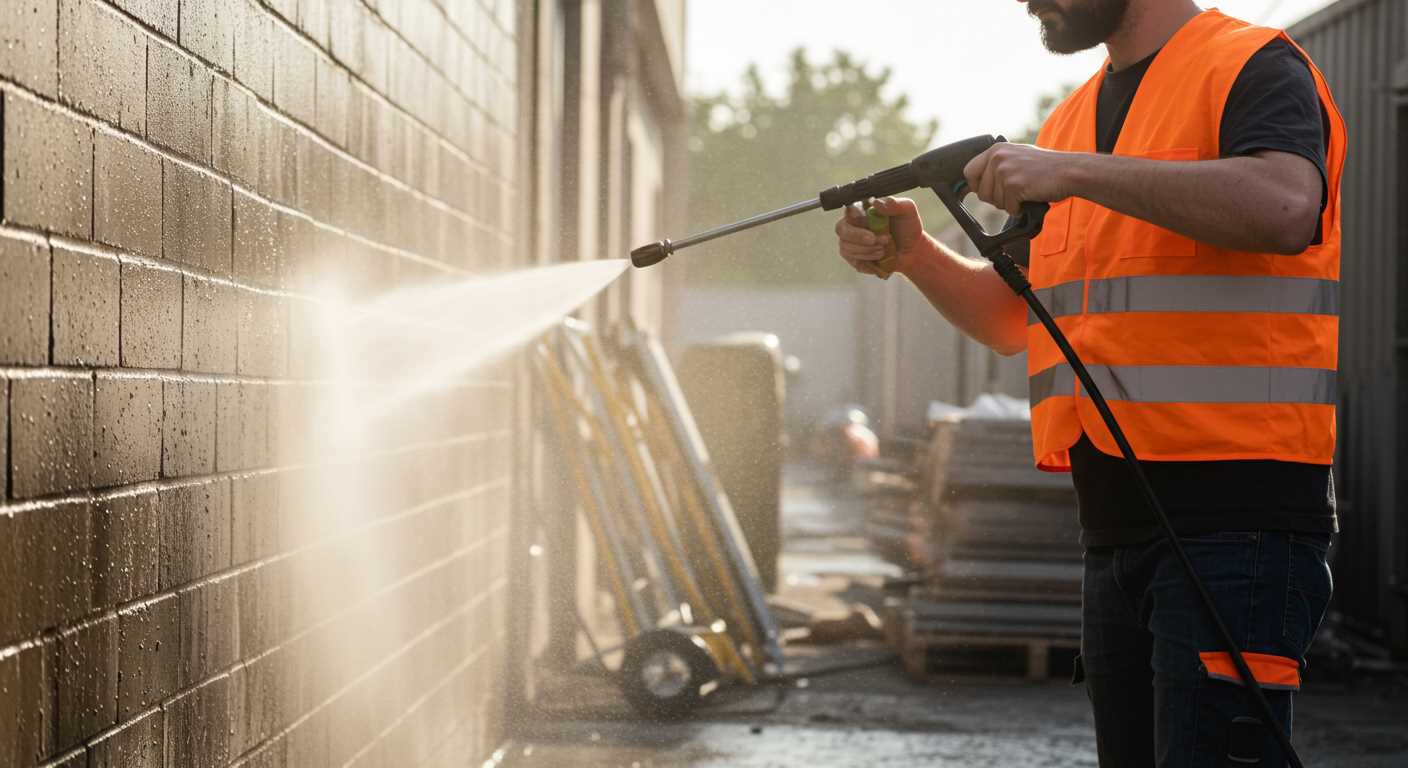
If you’re contemplating using high-pressure equipment for tackling glass surfaces, I’d advise caution. My years in the cleaning equipment industry taught me that while these machines can be incredibly powerful, they also come with risks when misused on delicate materials like glass.
During my time as a consultant, I received numerous inquiries about the suitability of these devices for glass. Many users believed that the sheer force would ensure a streak-free sparkle. However, I have witnessed firsthand the damage that can occur–shattered panes and chipped edges are all too common when the pressure is set too high or the nozzle is too close to the surface.
The secret lies in the technique. If you decide to proceed, opt for a lower pressure setting and maintain a safe distance to avoid potential mishaps. A fan spray nozzle is your best friend here; it distributes the water more evenly across the surface, reducing the risk of impact. Always keep a watchful eye on the angle and position of your equipment to ensure you’re protecting that glass from unnecessary harm.
In my experience, while these machines can assist in the cleaning process, they shouldn’t be your only option for maintaining clarity in your glass. Sometimes, a simple soap solution and a microfiber cloth yield results that are just as effective without the potential hazards associated with high-pressure methods.
Do Pressure Washers Clean Windows?
Using high-powered equipment for glass surfaces can be a risky venture. In my experience, I’ve seen the aftermath of misguided attempts. The sheer force of the stream can lead to cracks, shattering, or damaging seals around the frames. If you’re considering this approach, be cautious and take a moment to evaluate your situation.
Recommendations for Using High-Pressure Equipment
If you decide to proceed, here are some tips to mitigate potential damage: First, adjust the nozzle to a wider spray pattern. This reduces the intensity of the blast while covering a broader area. Second, maintain a safe distance–at least 2-3 feet from the glass. This helps prevent impact damage that could occur at closer ranges. Lastly, keep the angle of attack at a downward slope to avoid forcing water into the seams.
Alternatives to Consider
<pInstead of using high-pressure machinery, consider traditional methods or gentle solutions. A mixture of vinegar and water can be surprisingly effective. For stubborn spots, a soft cloth or sponge works wonders without risking the integrity of the glass. If you’re looking for quick results, a squeegee paired with a mild detergent can also deliver great outcomes without the hazards associated with high-powered tools.
Understanding the Mechanics of Pressure Washing Windows
When attempting to elevate the clarity of glass surfaces, the mechanics behind high-force cleaning devices are crucial. The high-velocity stream generated by these machines is designed to dislodge dirt and debris effectively. However, it’s not just about the pressure; the nozzle type and spray angle play significant roles in achieving optimal results without causing damage.
Nozzle Selection
Choosing the right nozzle is fundamental. A wide-angle spray, typically around 25 degrees, disperses water over a larger area, which is gentler on glass surfaces. Conversely, a narrow nozzle can create intense force, risking cracks or chips. In my experience, experimenting with various nozzles has taught me that a gentler approach often yields the best outcomes, especially on older or more delicate installations.
Technique Matters
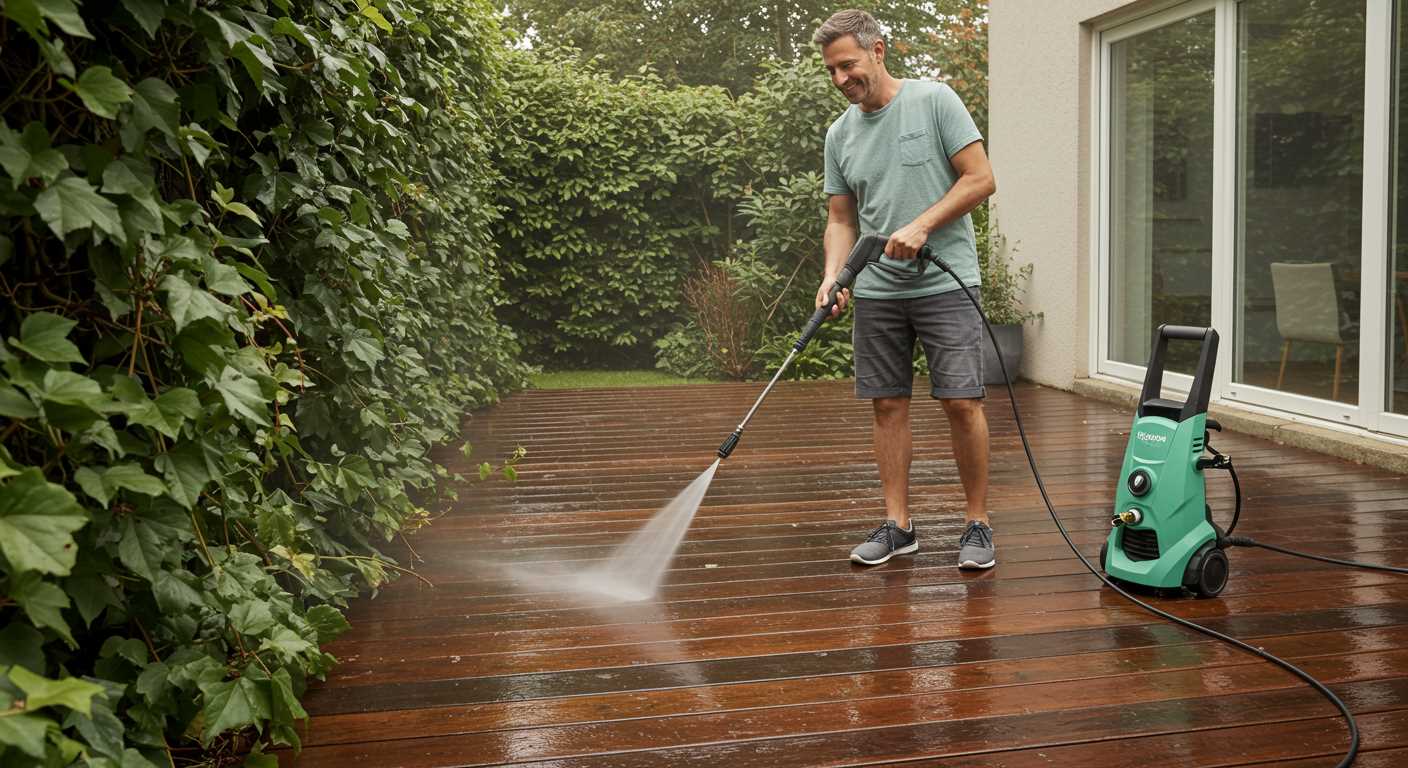
The manner in which you direct the spray is equally important. Maintaining a consistent distance of about two to three feet from the surface ensures that the force is effective yet not overwhelming. I’ve found that moving in a sweeping motion rather than directing a concentrated blast at one point not only improves the cleaning efficiency but also reduces the risk of damage.
For those looking to enhance their cleaning capabilities, consider using a pressure washer to strip deck as a comparison. Understanding the mechanics involved in such applications can aid in mastering the technique for glass surfaces too, enabling you to achieve a streak-free shine safely.
In conclusion, it’s all about the right tools and techniques. By focusing on nozzle selection and spray technique, one can effectively refresh glass surfaces without the dreaded risk of damage. Experience and careful observation are your best allies in mastering this task.
Choosing the Right Pressure Washer for Window Cleaning
Selecting the right equipment for cleaning glass surfaces is paramount. I’ve seen many people struggle with the wrong tools, leading to frustration and unsatisfactory results. Here’s what I recommend based on my years of experience in the field.
- Water Pressure Settings: Opt for a model with adjustable water output. For glass, a lower setting around 1000 to 1500 PSI is sufficient. Higher pressures can cause damage or leave streaks.
- Nozzle Selection: A wide-angle spray nozzle is ideal for delicate surfaces. I often use a 25-degree nozzle to provide adequate coverage without risking breakage.
- Detergent Compatibility: Choose a device that is compatible with gentle cleaning solutions. Some machines have built-in detergent tanks, making it easier to mix and apply the cleaner without additional tools.
- Portability and Weight: Lightweight models are easier to maneuver, especially when working on multi-storey buildings. A compact design with wheels can significantly ease the process.
- Safety Features: Look for models equipped with features like thermal relief valves and automatic shut-off. These can prevent overheating and ensure safe operation, particularly when working at heights.
During my time in the industry, I recall a customer who used a high-output model on their glass surfaces, leaving them scratched and unhappy. Switching to a more suitable machine transformed their experience. Always assess the specific needs of your project before making a choice.
- Determine the size of the area you’ll be tackling.
- Evaluate the type of grime or stains you expect to encounter.
- Consult with experts or reviews to find models that fit your criteria.
By focusing on these aspects, you can ensure that your experience with the equipment is not only productive but also enjoyable. I’ve witnessed countless transformations when the right tools are used for the task at hand. Make informed choices, and you’ll see the difference.
Techniques for Safely Using a Pressure Washer on Windows
Always use a fan nozzle with a wide spray pattern to minimise the risk of damage. A 25-degree nozzle is usually the best choice. I recall a time when I accidentally used a narrow nozzle on a delicate glass surface, resulting in cracks that could have been avoided. It’s crucial to maintain a distance of at least three to four feet from the glass while operating the equipment. This distance allows for effective removal of dirt without exerting excessive force.
Timing and Weather Conditions
Choose a cloudy day to work on glass surfaces. Direct sunlight can cause the cleaning solution to dry too quickly, leaving streaks behind. I remember one summer afternoon when I decided to tackle a large set of glass doors in the sun. The result was a series of unsightly marks that required additional effort to rectify. By working in cooler temperatures and avoiding direct sunlight, you’ll achieve a far superior finish.
Pre-Treatment and Rinsing
Before you begin the high-pressure task, apply a cleaning solution specifically designed for glass surfaces. Allow it to sit for a few minutes to break down stubborn grime. After application, rinse with plain water from a standard hose to remove any loose debris. This step can prevent the nozzle from clogging and ensure a more thorough result. I learned this method the hard way after a session where I neglected pre-treatment, leading to more work than necessary.
Common Mistakes to Avoid When Cleaning Windows with a Pressure Washer
Using a high-powered unit can seem straightforward, but I’ve seen many individuals make critical errors that lead to unsatisfactory results or even damage. One of the most frequent blunders is selecting the wrong nozzle. A narrow jet can crack glass, while a wide spray may not remove dirt effectively. Always choose a fan nozzle that offers a gentle yet thorough approach.
Another common mistake is positioning too close to the surface. I’ve witnessed many people standing just inches away, which can be disastrous. Maintaining a distance of at least two feet allows you to achieve a thorough rinse without the risk of shattering glass or stripping seals.
Failing to pre-treat stubborn stains is another oversight. Years back, I learned the hard way that skipping this step can mean extra scrubbing later on. Apply a suitable solution to loosen grime before initiating the rinse process. It makes a significant difference in achieving that streak-free finish.
Neglecting to protect surrounding areas is a mistake I’ve seen too often. Water can splash onto nearby surfaces, causing more work down the line. Cover plants, patio furniture, and any delicate items you don’t want to get wet or damaged. Simple precautions can save you time and effort later.
Many assume that more power equals better results. I can tell you from experience that this isn’t true. Using excessive force can lead to unintended consequences, such as damaging sealants or frames. Choose a moderate setting to ensure safety while still getting effective results.
Lastly, overlooking safety gear is a frequent misstep. I always recommend using protective eyewear and gloves. Flying debris can pose a risk, and you want to be prepared. Taking these simple precautions can prevent accidents and make the entire process much smoother.
Alternative Methods for Window Cleaning: When to Skip the Pressure Washer
Using high-pressure equipment isn’t always the best approach for maintaining your glass surfaces. In certain situations, alternative methods can yield better results without the risk of damage. Here are some scenarios where you might consider skipping the heavy machinery.
When to Choose Manual Techniques
If the glass is particularly delicate or has been tinted, manual cleaning is advisable. Using a soft cloth or a squeegee with a gentle cleaning solution ensures that you won’t accidentally strip the tint or scratch the surface. For everyday grime, a mixture of vinegar and water can work wonders. A best antimicrobial body scrubber can be a great tool here, allowing you to apply just the right amount of pressure without harming the glass.
Consider the Environment
When you’re working in an area with lots of plants or sensitive landscaping, it’s wise to avoid forceful methods. The strong jet can displace soil and damage nearby foliage. Instead, opt for a bucket and sponge approach. This allows for careful control over the cleaning solution, minimising the risk of runoff that could harm your garden.
| Method | Best For | Notes |
|---|---|---|
| Manual Cleaning | Delicate or tinted glass | Use a soft cloth or squeegee |
| Vinegar Solution | Everyday grime | Effective and eco-friendly |
| Bucket and Sponge | Surroundings with plants | Minimises environmental impact |
In my experience, taking a gentler approach often yields a more satisfying result. You’ll not only protect your investment in glass but also ensure a streak-free finish that can be hard to achieve with forceful techniques.

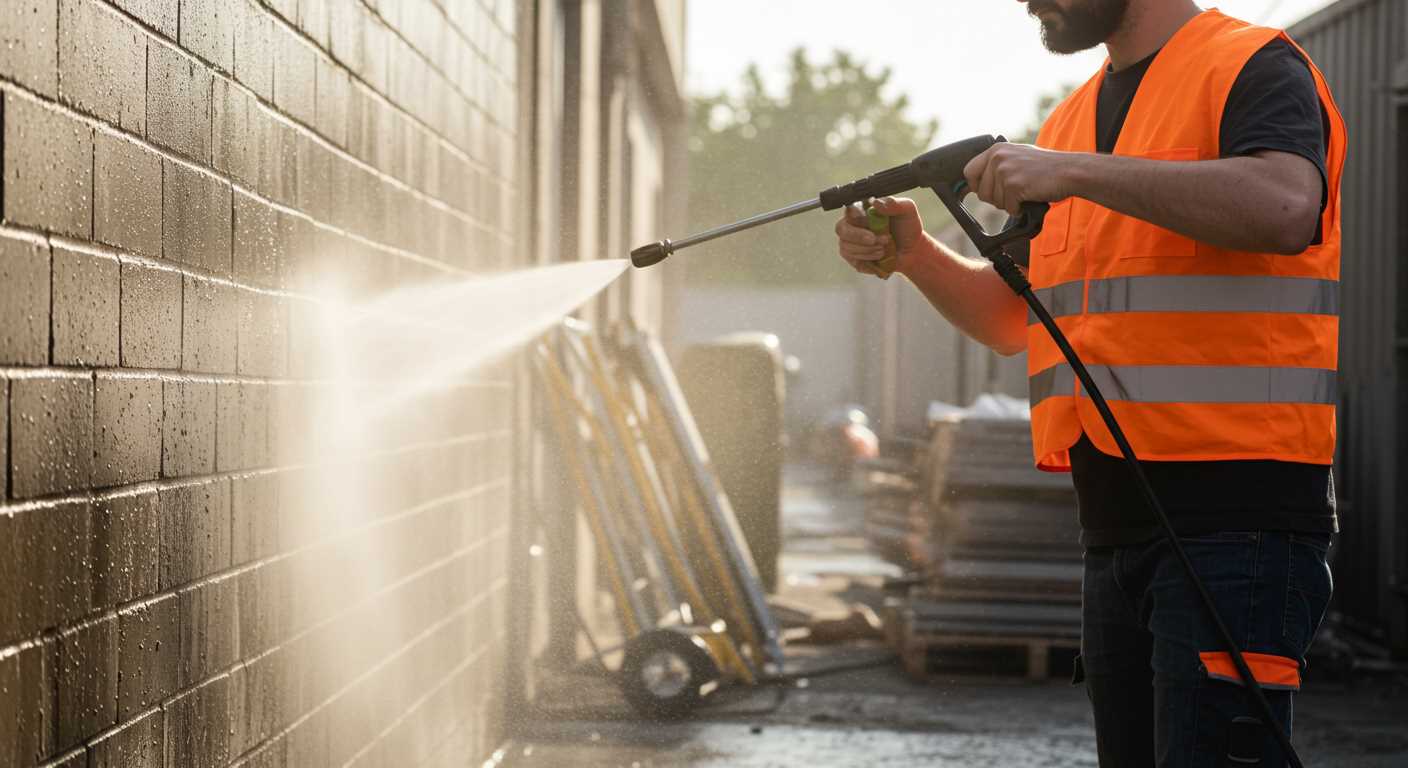
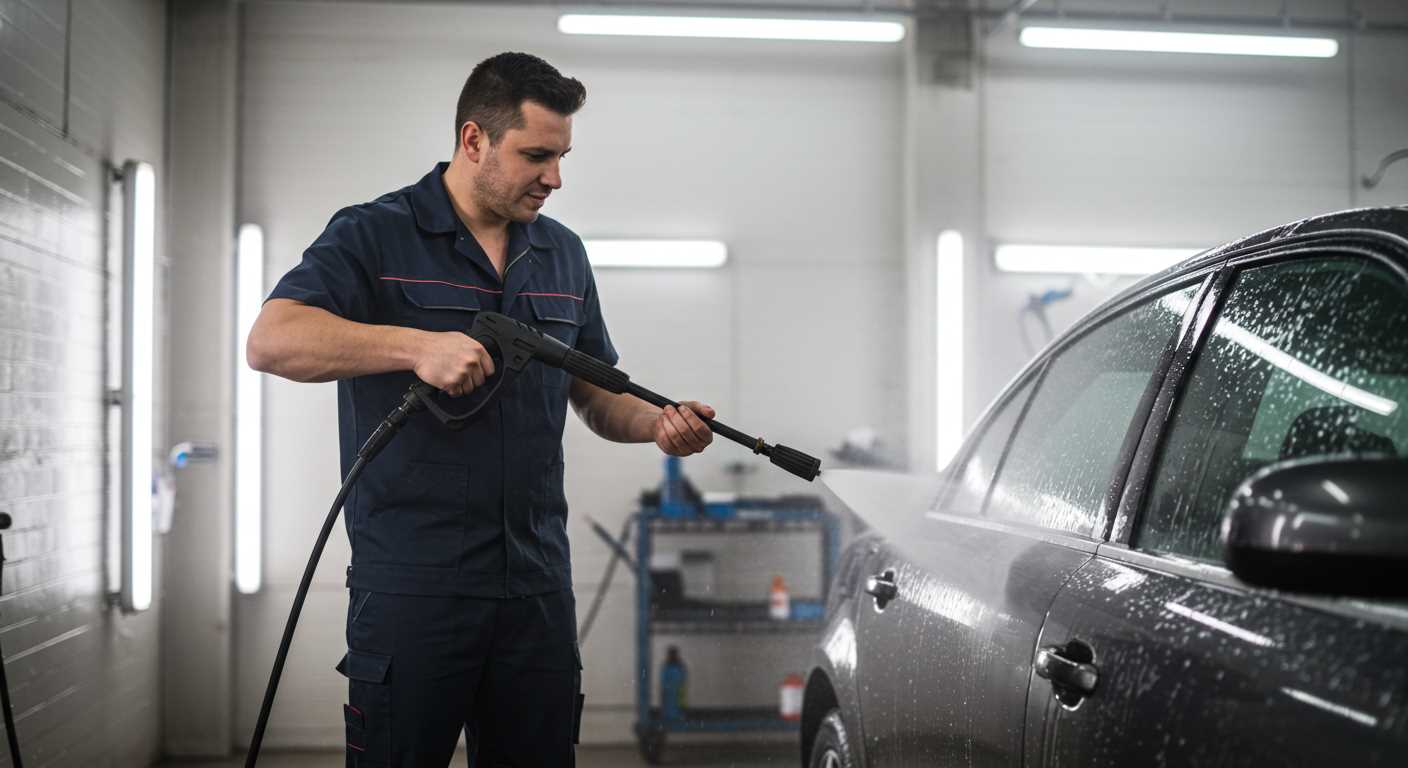
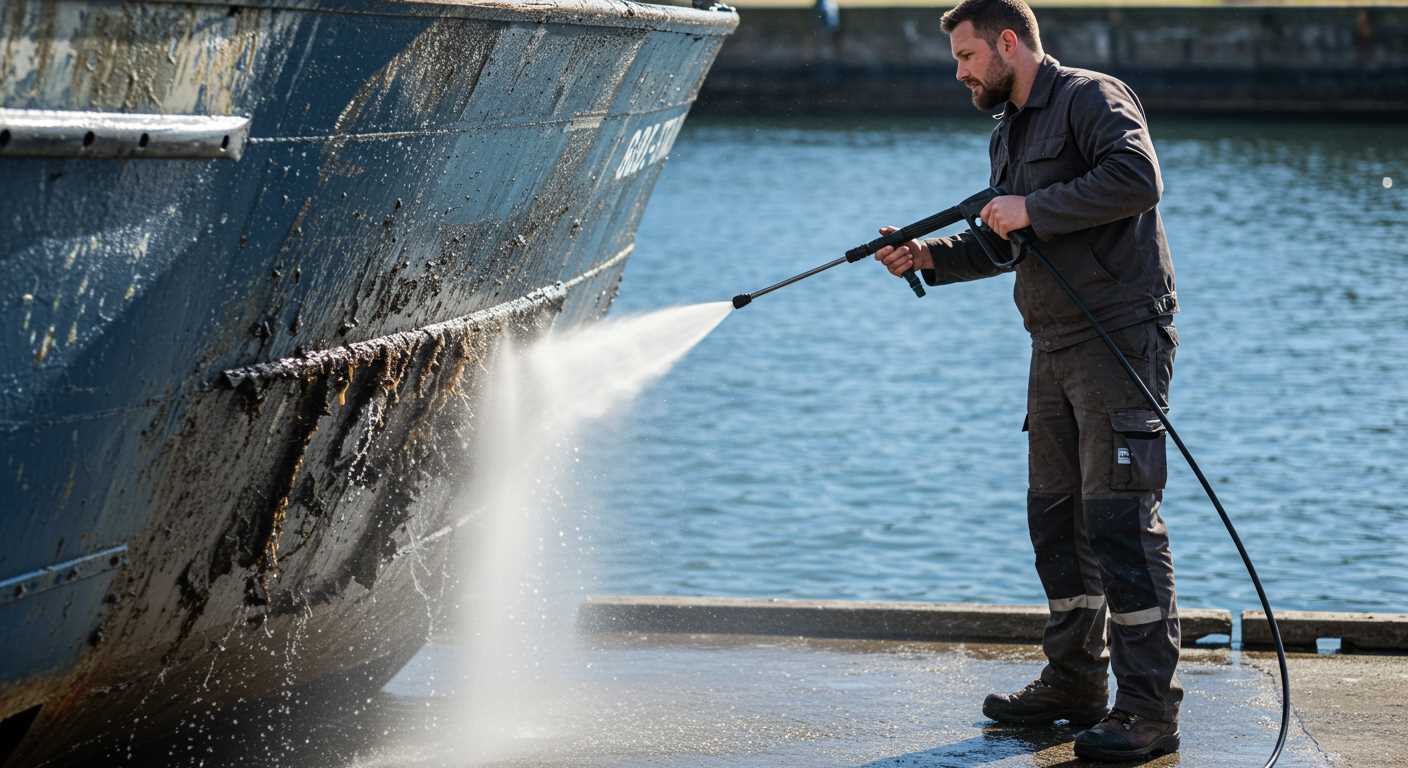
.jpg)


